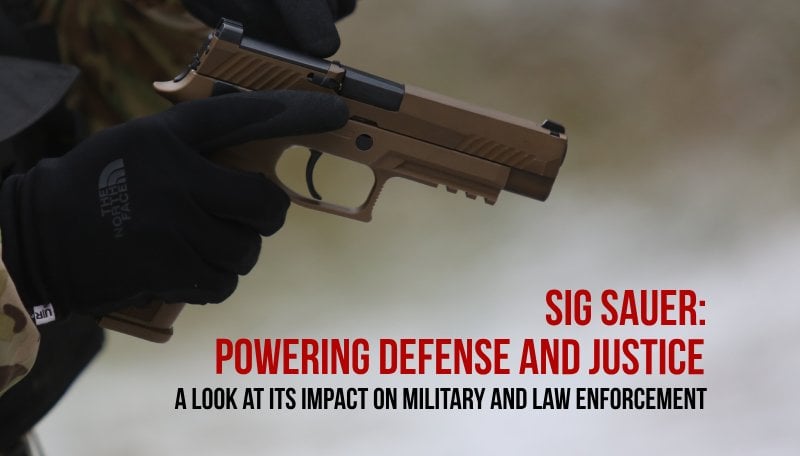
SIG Sauer is an esteemed firearm manufacturer that has been a key player in law enforcement and military operations for decades. Throughout this article, we’ll delve into the unique relationship between SIG Sauer and the armed forces, exploring the reasons behind their widespread acceptance within these critical institutions. In particular, we’ll be focusing on SIG Sauer’s most celebrated creation – the P320-M17 pistol, but we’ll also touch on several other SIG Sauer firearms.
Table of Contents
A BRIEF HISTORY OF MILITARY SIDEARMS
Isn’t it interesting how military sidearms have evolved over the past 100 years? Back in the day, the U.S. Army decided to switch from their .38 caliber revolvers to the legendary Government Model 1911 in .45 ACP, which could fire a bigger bullet at slower speeds, causing more tissue damage.
The 1911 pistol was the standard for about 75 years, which says a lot about its reliability. But then, warfare changed, and NATO regulations came into play. So, around the mid-1980s, the Army started using the Beretta M9, a 9mm handgun also known as the Beretta 92FS. Its double-stack magazine meant soldiers could carry more rounds.
Fast forward to 2015, the Beretta M9 had served its time, and the U.S. Army and Air Force were on the hunt for a new standard-issue handgun. A bunch of manufacturers competed, but SIG Sauer P320 won out. The full-size version became the SIG M17 pistol, and the compact version was named the SIG M18. This move added another chapter to the history of military pistols and cemented SIG Sauer’s role in it.
P320-M17: SIG SAUER PISTOL FOR THE U.S. ARMY
WHY SIG SAUER P320-M17 WON THE MILITARY CONTRACT
As we’ve mentioned, the journey began in 2015 with the launch of the XM17 Modular Handgun System (MHS) competition by the military. The challenge was not only to create a firearm that outperformed the legendary Beretta M9 – the new pistol had to be versatile, offering a variety of magazine options and allowing for adapting pistol grips and fire control devices. It needed an integrated rail system, a non-reflective neutral finish, and ambidextrous controls. It also had to be ready to use with a suppressor and able to consistently hit a 4” target from 50 meters.
Interestingly, while the military had been using the 9mm Luger since the Beretta was first chosen, the MHS did not demand competitors to stick to this caliber.
The competition was fierce, with entries from both American and European manufacturers. The Austrian Glock 17 &19 in 9mm as well as Glock 22 & 23 in .40 S&W were strong contenders, as were the Belgian FN FNS (a variant of the FN 509) and the Czech P-07 & P-09. Beretta even entered their new APX .40 S&W pistol into the competition, hoping to retain the massive contract. From America, entries included handguns from KRISS USA, Smith & Wesson, STI/Detonics Defense, and, of course, SIG Sauer.
SIG Sauer submitted a P320, a civilian pistol, with a host of modifications for the MHS competition. These modifications ranged from an ambidextrous thumb safety, improved slide sub-assembly, and a trigger fitted with a mud flap to a loaded chamber indicator and slide cut-out for a reflex sight.
A significant upgrade from its predecessor, the Beretta M9, was the P320’s polymer frame. It reduced the overall weight while also making the pistol more durable, as polymers are known for their resistance to environmental wear and tear.
In early 2017, it was announced that the SIG Sauer P320 MHS variant had won the trials and the $500+ million contract. With this win, SIG Sauer didn’t just secure the rights to supply the military with their new handgun but also earned the privilege of providing several types of ammunition and services. This contract was massive – the military expected to purchase up to half a million full-size SIG Sauer M17 and nearly 10,000 SIG Sauer M18 compact models to supply the Air Force, Navy, Army, Marines, and U.S. Special Operations Command.
SIG SAUER P320 MODULAR DESIGN
The genius behind the SIG Sauer P320-M17 pistol lies in its innovative modular design. Unlike many pistols where the frame is essential to the gun’s operation, the P320’s frame is merely a housing, and on the inside, there’s the real star of the show – the removable fire-control unit (FCU). This thing is absolutely self-contained and includes the striker, ejector, and trigger.
Users can effortlessly swap in slide sizes and grips and even convert calibers. The flexibility extends to the frame as well. In short, the FCU is the heart of the gun, while the rest can be replaced.
This modular feature does not simply unlock a world of customization options – this is great for civilians. Originally, the primary purpose of a modular design was to fit the highest number of military personnel.
SIG SAUER P320 IN LAW ENFORCEMENT
The P320 caught the attention of law enforcement agencies across the U.S. following its adoption by the military. Many agencies saw the benefits of this innovative firearm and began replacing their aging duty weapons with the new SIG.
The modularity allowed agencies to buy modular parts and pieces instead of purchasing multiple pistols to meet varying needs. It made the armorer’s job easier too – fewer guns to keep track of meant simpler inventory management. Alongside the shift to the P320, many law enforcement agencies started moving away from the .40 S&W cartridge back to the 9mm.
The SIG P320-M17’s adoption by the army and law enforcement agencies nationwide isn’t just a testament to its quality and adaptability. It also signals that this innovative handgun is here to stay.
SIG SAUER P226 IN THE U.S. NAVY SEAL
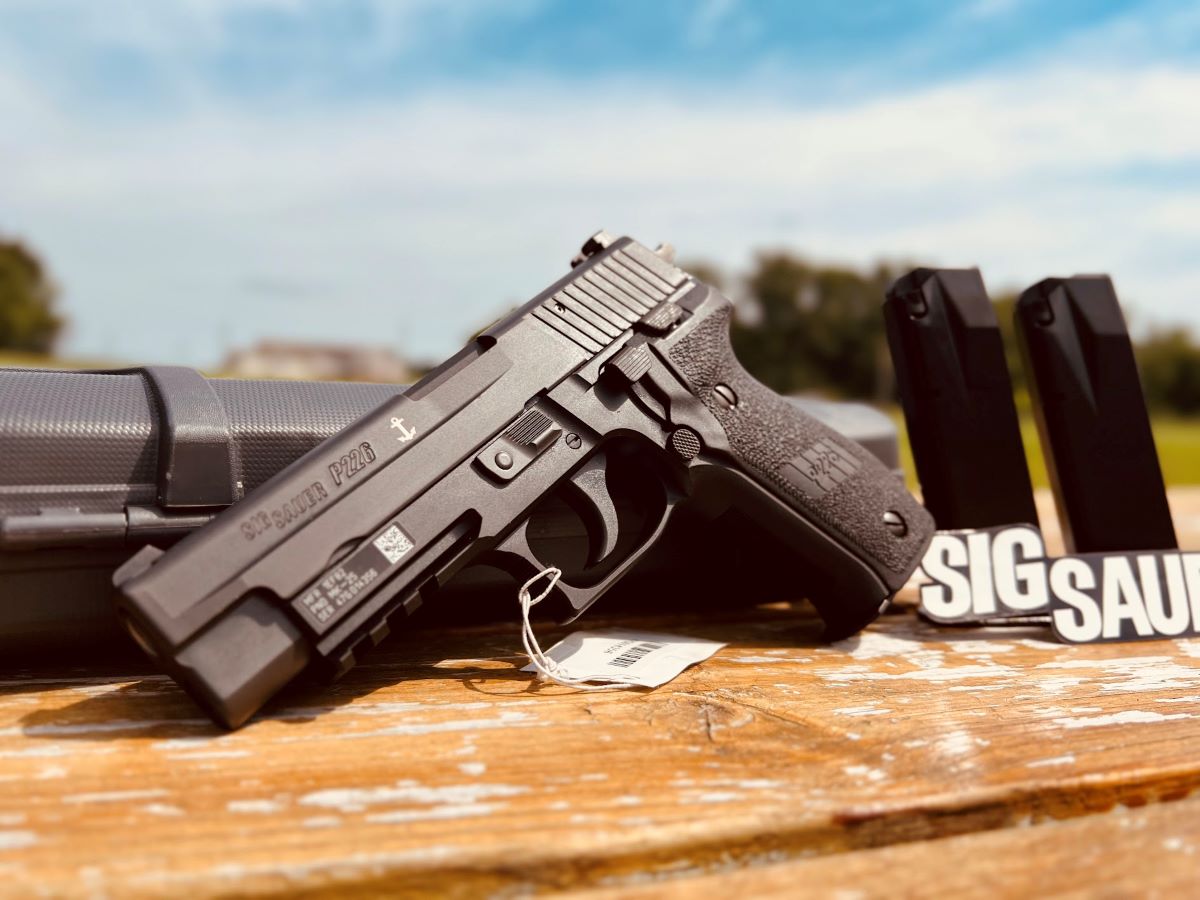
In the mid-1980s, while other uniformed services were adopting the M9 as their primary handgun, the U.S. Navy SEALs took a different route. The M9 had shown some mechanical and performance issues during testing, so the SEALs set out to find a handgun that would meet their unique operational requirements. Their search led them to the SIG Sauer MK25 (P226), a weapon that has been in the hands of SEALs for over three decades on battlefields from Panama to Syria.
So, why did Navy SEALs choose the SIG P226? The P226 was originally developed by SIG Sauer to replace the M1911. Despite coming in second to the Beretta M9 in a competition, the P226 stood out as a reliable alternative. It’s a variant of the SIG P220, a sidearm trusted by militaries worldwide, and underwent rigorous testing to ensure it wouldn’t exhibit the same performance issues as the M9.
So, the P226 has several key features that make it an ideal choice for SEALs. It sports a shorter barrel than the M9, an advantage in close-quarter battles. Its slide is made of stainless steel, enhancing strength and preventing the problems encountered during M9 testing. Moreover, the slide features ferritic nitrocarburizing, a treatment that shields against corrosion – critical for SEALs who frequently operate in saltwater environments. The P226’s chamber and barrel are chrome-lined, another plus for operations in wet or dusty conditions. Finally, weighing just under 2 lbs with a loaded magazine, the P226 is lighter than the M9.
This versatile handgun can be used as a SA or DA pistol. It comes with a decocker, and though it lacks the manual safety, it still comes with internal safeties that prevent accidental discharges. The P226 also offers a 15-round capacity, night sights, and a Picatinny rail and has a distinct anchor symbol.
SIG XM7 & XM250: US ARMY’S NEW RIFLE COMBO
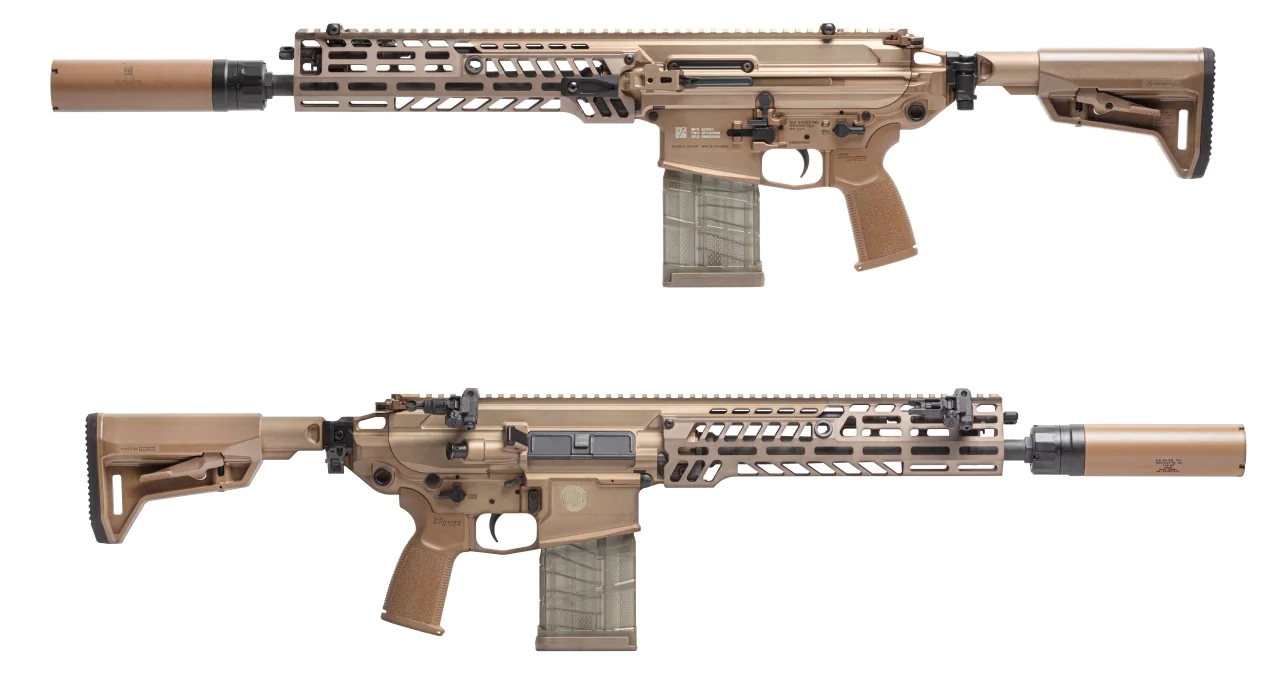
In January 2019, the United States Army embarked on a pivotal journey to revamp its small arms arsenal under the Next Generation Squad Weapon (NGSW) Program. The goal was to replace the M4 carbine and M249 light machine gun, both chambered for the 5.56 NATO, with a unified system using 6.8mm cartridges. Additionally, the program aimed to develop advanced fire-control systems for the new weapons.
Seven defense manufacturers vied for this opportunity, with five focusing on weapon design and production, and two aiming to create cutting-edge fire-control optics. Amidst intense competition, SIG Sauer emerged triumphant with their innovative submissions: the SIG MCX SPEAR rifle (XM7) and the SIG LMG 6.8 (XM250) belt-fed machine gun. These weapons were designed to use the new 6.8×51 SIG FURY brass-steel hybrid cartridge. Both come with the SIG SLX suppressor.
The announcement of SIG Sauer as one of the winners in early 2022 marked a monumental moment. It was the first time in 65 years that the Army was ready to field an entirely new weapon system, including an individual rifle, a squad machine gun, a new fire control system, and a new caliber family of ammunition.
The new weapons offer a significant capability increase over the M4 and the M249. The decision to switch to the 6.8 mm round was influenced by a 2017 Small Arms Ammunition Configuration Study driven by advances in adversary body armor and reports of the 5.56 mm round’s underperformance at distances beyond 300 meters. The 6.8 mm round outperformed the 5.56 mm in terms of distance, accuracy, and energy for lethal effects on target.
Interestingly, the 2017 report initially called for an intermediate caliber – larger than the standard-issue 5.56mm but smaller and lighter than the 7.62mm round. The 6.8mm round fits this description, effectively destroying targets at 600 meters and beyond.
For civilian shooters, the 6.8 mm baseline measurements resemble a beefed-up version of a familiar cartridge from the hunting world, the .270 caliber rifle round. Although the XM7 (previously called the SIG Sauer XM5 – the name had to be changed to avoid a trademark conflict with Colt’s M5 carbine) is two pounds heavier than the M4 when unloaded, the XM250 is four pounds lighter than the M249 SAW. Despite the ammunition being heavier, specific details about the weight of a full combat load compared to the 5.56 mm are not disclosed.
So, the adoption of the SIG XM7 and the SIG XM250 marks a significant leap forward for the U.S. Army, promising enhanced lethality, accuracy, and adaptability on the battlefield.
By the way, if you want to buy a civilian version of the new U.S. Army rifle, shop for the SIG MCX SPEAR rifle at GRITR Sports.
SIG MCX SPEAR in 7.62:
FAQ
What’s the new U.S. Army rifle?
The new U.S. Army rifle is the XM7, produced by SIG Sauer as part of the NGWS. It will replace the M4 carbine and is designed to fire the new 6.8×51mm SIG Fury cartridge. The XM7 offers enhanced capabilities in terms of distance, accuracy, and lethality, effectively engaging targets at 600 meters and beyond.
Is the XM5 the same as the XM7?
Yes, the XM5 and XM7 refer to the same rifle. Initially, the new U.S. Army rifle was designated the XM5. However, due to a naming conflict with a weapon produced by Colt Industries, the Army changed the designation of its new rifle from XM5 to XM7
What handgun do Navy SEALs use?
For now, the SEALs use the SIG P226, but in 2015, they added the Glock 19 to their inventory.
What pistols does the military use?
Sig Sauer military assets include the M17 and M18 which are the current standard-issue sidearms for the U.S. Army after winning the Army’s Modular Handgun System contest in 2017.

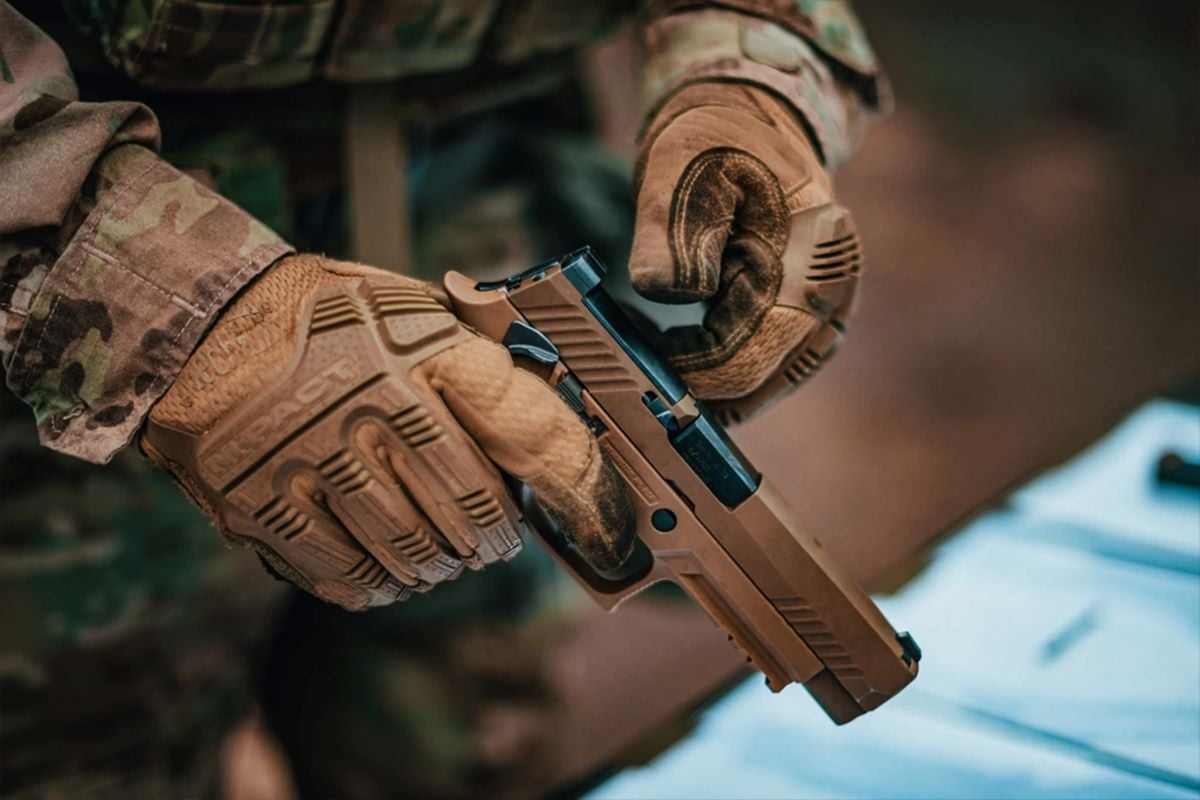

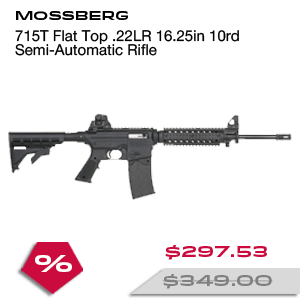
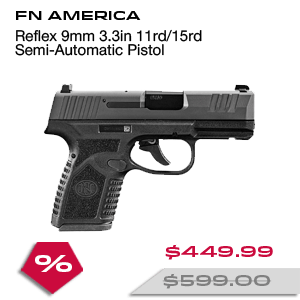
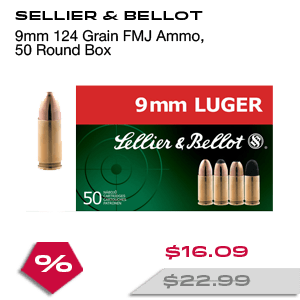







Leave a Reply